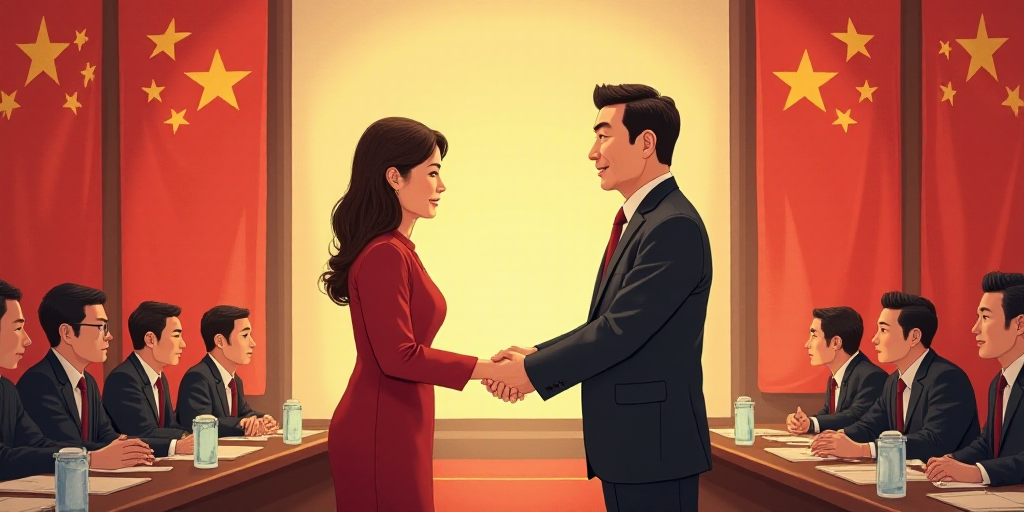Background on Colombia and President Gustavo Petro
Colombia, a South American nation with a population of approximately 51 million people, recently made headlines by joining China’s Belt and Road Initiative (BRI). This significant move was led by Colombia’s first left-wing president, Gustavo Petro. Petro assumed office in August 2022 and aims to diversify Colombia’s economy, which has traditionally relied heavily on exports to the United States.
Colombia’s Historic Agreement with China
During his visit to China for the IV Ministerial Forum China-CELAC, President Petro met with Chinese President Xi Jinping to formally join the multibillion-dollar program. The BRI is a global infrastructure development strategy adopted by the Chinese government in 2013, focusing on enhancing regional connectivity and fostering economic cooperation through extensive infrastructure development.
Impact on Colombia’s Foreign Relations
Petro expressed his enthusiasm about the agreement on social media, stating that it “changes the history of our foreign relations.” He emphasized that Colombia would now engage with the world on an equal footing and with freedom. This move signifies a shift in Colombia’s approach to international relations, seeking to balance its historical ties with the United States and expand its global partnerships.
Economic Opportunities and Challenges
The Colombian government believes that joining the BRI will open new investment opportunities and help reduce the country’s $14 billion trade deficit with China. Moreover, Petro aims to revitalize Colombia’s Pacific coastal region, which recently established a maritime connection with Shanghai.
However, the agreement has faced criticism from local business groups who fear potential retaliatory trade measures from the United States. Despite these concerns, two-thirds of Latin American countries have already joined China’s BRI, with an estimated value of one trillion dollars.
China’s Growing Influence in Latin America
China has become a significant trading partner for several Latin American nations, including Brazil, Peru, and Chile. In some cases, China has surpassed the United States as the top trading partner for these countries.
- Question: What is the Belt and Road Initiative (BRI)?
Answer: The Belt and Road Initiative is a global infrastructure development strategy adopted by the Chinese government in 2013, focusing on enhancing regional connectivity and fostering economic cooperation through extensive infrastructure development. - Question: Who is Gustavo Petro, and why is his presidency significant?
Answer: Gustavo Petro is Colombia’s first left-wing president, who took office in August 2022. His presidency is significant as he aims to diversify Colombia’s economy, which has traditionally relied heavily on exports to the United States. - Question: What are the potential benefits of Colombia joining the BRI?
Answer: The Colombian government believes that joining the BRI will open new investment opportunities and help reduce the country’s trade deficit with China. Additionally, Petro aims to revitalize Colombia’s Pacific coastal region. - Question: What are the concerns surrounding Colombia’s participation in the BRI?
Answer: Local business groups have expressed concerns about potential retaliatory trade measures from the United States. Despite these concerns, many Latin American countries have joined China’s BRI. - Question: How has China’s influence grown in Latin America?
Answer: China has become a significant trading partner for several Latin American nations, including Brazil, Peru, and Chile. In some cases, China has surpassed the United States as the top trading partner for these countries.






